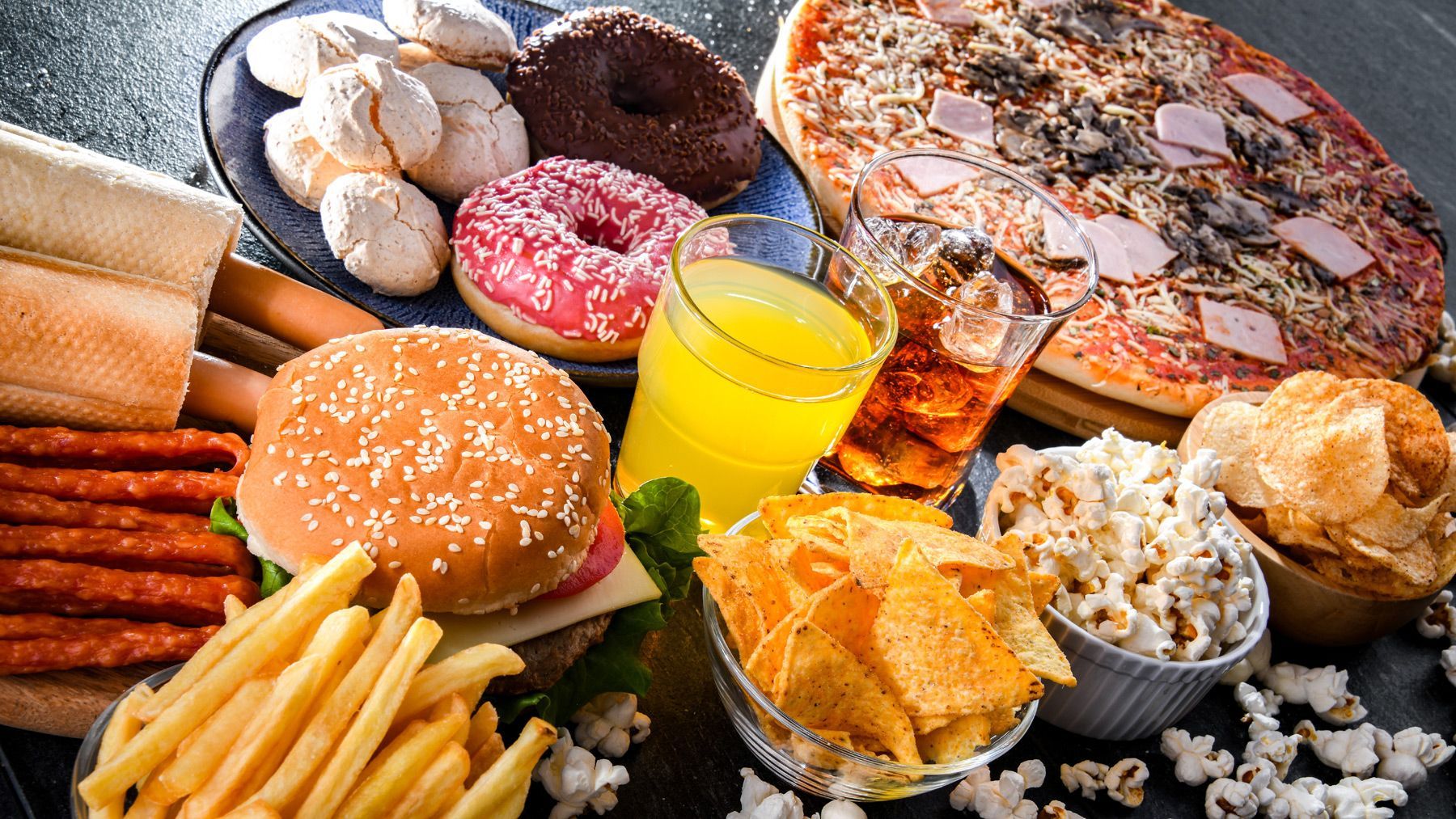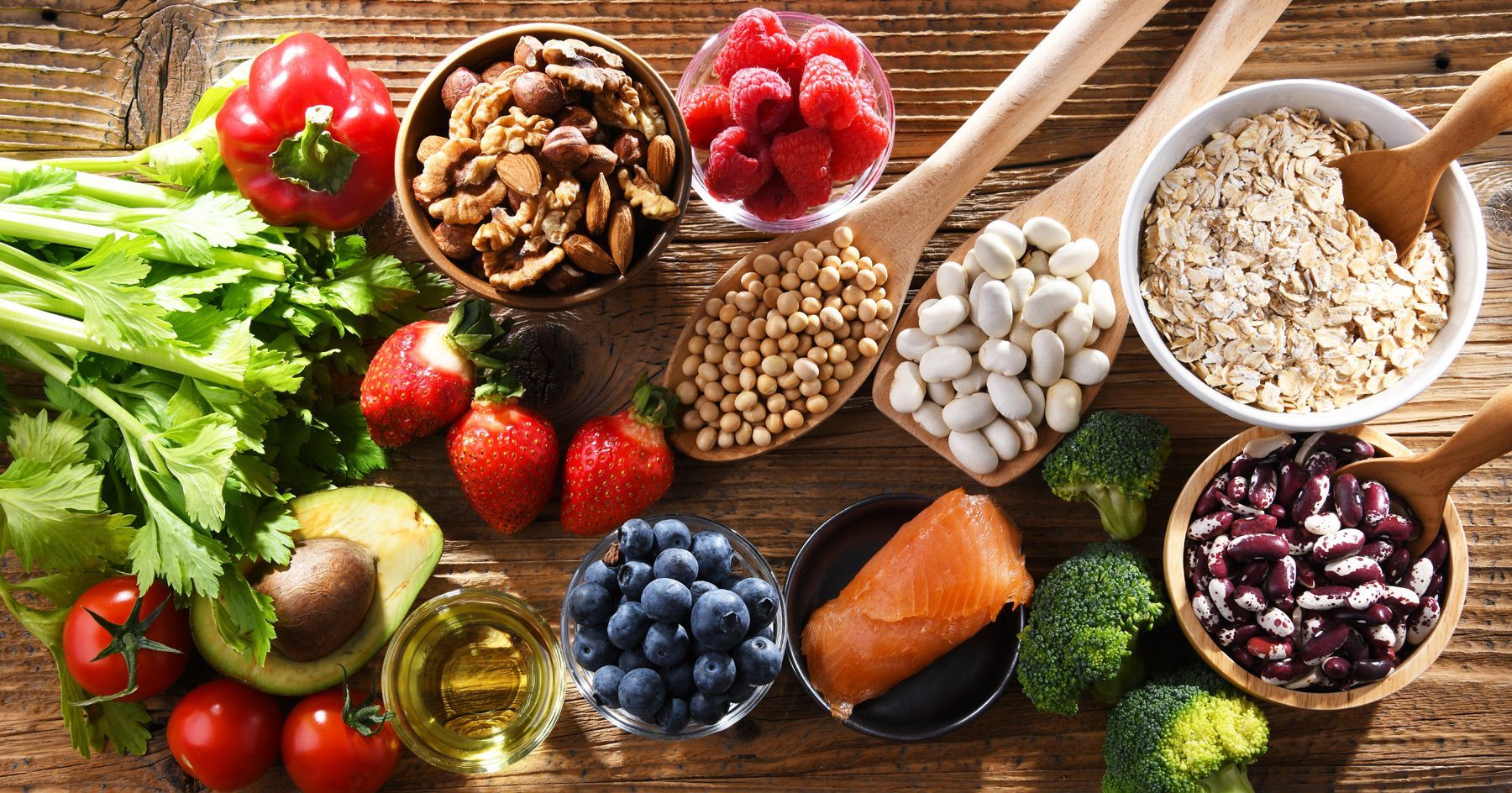Foods That Do and Don't Boost Metabolism
Eating metabolic foods is a fundamental aspect of maintaining a healthy weight and enhancing overall well-being. These foods are known to boost the body's metabolic rate, promoting efficient energy use and fat burning. By incorporating nutrient-dense options into your diet, you can support your metabolism and improve your body's ability to function optimally.
What is Metabolism?
Boosting metabolism plays a crucial role in burning fat by increasing the rate at which the body expends energy, even when at rest. When metabolism is elevated, the body burns more calories, leading to a negative energy balance, which is essential for fat loss. This increase in caloric burn occurs because the body shifts towards utilizing stored fat as a primary energy source, a process known as fat oxidation.
Engaging in regular physical activity, particularly strength training and high-intensity workouts can elevate the metabolic rate. Exercise not only burns calories during the activity but can also lead to excess post-exercise oxygen consumption (EPOC). This means the body continues to burn extra calories after the workout as it works to recover and return to its normal state. This elevated calorie burn contributes to fat loss over time.
Moreover, maintaining or increasing muscle mass through strength training can lead to a higher resting metabolic rate. Muscle tissue requires more energy to maintain than fat tissue, so the more muscle a person has, the more calories they will burn throughout the day, even when they're not active.
Hormones also play a significant role in this process. When metabolism is optimized, it can help regulate hormones that influence fat storage and hunger. For example, improved metabolic function can lead to better insulin sensitivity and lower cortisol levels, which may help reduce fat accumulation.
Finally, certain dietary choices can induce thermogenesis, the process of heat production in the body. Foods that are high in protein require more energy to digest, and incorporating energizing spices can create a temporary metabolic boost. Together, these mechanisms illustrate how boosting metabolism can effectively promote fat burning and facilitate a healthier body composition.
Ten Foods Known for Boosting Metabolism
- Lean Meats: High-protein foods like chicken, turkey, and lean cuts of beef require more energy to digest, which can temporarily boost metabolism due to the thermic effect of food.
- Fish: Fatty fish like salmon and tuna are rich in omega-3 fatty acids and protein, both of which can increase metabolic health and fat burning.
- Eggs: Eggs are a high-quality protein source and contain several essential nutrients. The protein in eggs can help increase metabolic rate, especially when consumed as part of a balanced meal.
- Legumes: Foods such as lentils, beans, and chickpeas are high in protein and fiber, both of which can contribute to a higher metabolic rate.
- Nuts and Seeds: Almonds, walnuts, and chia seeds are rich in healthy fats, protein, and fiber. They can also enhance the feeling of fullness, potentially reducing overall caloric intake.
- Whole Grains: Foods like brown rice, quinoa, and oats are good sources of complex carbohydrates and fiber, which can help maintain energy levels and regulate metabolism.
- Spices: Certain spices like cayenne pepper and ginger can temporarily raise body temperature, potentially boosting metabolism through thermogenesis.
- Green Tea: Rich in antioxidants, particularly catechins, green tea can enhance metabolic rate and promote fat oxidation.
- Berries: Berries such as blueberries, strawberries, and raspberries are low in calories and high in fiber, which can help keep you full and support metabolic health.
- Cruciferous Vegetables: Vegetables like broccoli, Brussels sprouts, and cauliflower are low in calories, high in fiber, and rich in vitamins. They require more energy to digest, which can boost metabolism.
Incorporating these foods into a balanced diet, alongside regular physical activity, can contribute to a healthier metabolism and overall well-being. Remember, individual metabolism varies, and it's best to focus on a diverse diet that meets your personal health needs.
Ten Foods to Avoid To Increase Metabolism

When trying to boost metabolism, certain foods can be counterproductive and may hinder your efforts to achieve a higher metabolic rate. Here are some of the top foods to avoid for optimal metabolic health:
- Processed Sugars: Foods high in refined sugars, such as candies, pastries, and sugary drinks, can cause spikes in insulin levels. This can lead to increased fat storage and reduced energy expenditure, negatively impacting metabolism.
- White Carbohydrates: Foods like white bread, white rice, and pastries are often stripped of their nutrients and fiber. These refined carbohydrates can lead to blood sugar fluctuations, which can adversely affect metabolic function.
- Trans Fats: Found in many processed and baked goods, trans fats can promote inflammation and insulin resistance. This can decrease metabolic efficiency and increase fat storage.
- Excessive Alcohol: Excessive drinking can lead to weight gain and impede fat metabolism. Alcohol contains empty calories and can disrupt the body's ability to burn fat for energy.
- High-Fat Processed Meats: Processed meats like sausages and hot dogs often contain unhealthy fats and preservatives. These foods can negatively affect cardiovascular health and contribute to weight gain, hindering metabolic function.
- High-Calorie Snack Foods: Many snack foods, such as chips and crackers, are low in nutrients and high in calories. They can lead to overeating and weight gain, both of which can slow down metabolism over time.
- Soda and Sugary Drinks: Regular consumption of carbonated beverages and sweetened drinks can contribute to weight gain and insulin resistance. They provide empty calories and can elevate blood sugar levels without nutritional benefits.
- Low-Protein Diets: Diets lacking in protein can result in muscle loss, which lowers metabolic rate since muscle tissue requires more energy to maintain compared to fat.
- Certain Dairy Products: Some full-fat dairy products can be high in saturated fats and calories. While dairy can be part of a balanced diet, excessive amounts may contribute to weight gain if not moderated.
- Fried Foods: Foods that are deep-fried tend to be calorie-dense and often contain unhealthy fats. These can contribute to weight gain and negatively impact metabolic health.
It is important to focus on a balanced diet rich in whole foods, lean proteins, healthy fats, and plenty of fruits and vegetables to help support a healthy metabolism. Making mindful choices about what you eat can significantly impact your overall health and metabolic rate.
High Metabolic Breakfast: French Omelet with Berries and Whole Grain Toast
A high metabolic breakfast featuring a French omelet, a side of berries, and whole grain toast is a delicious and nutritious way to start your day.
This meal combines protein, healthy fats, and fiber, which can help boost your metabolism and keep you energized. Here’s a simple recipe you can follow:

Ingredients
For the French Omelet
- 2 large eggs
- 1 tablespoon milk or water
- Salt and pepper to taste
- 1 teaspoon olive oil or butter
- Fresh herbs (such as chives, parsley, or spinach) for added flavor
- Optional fillings: diced tomatoes, bell peppers, onions, or a small amount of cheese
For the Side
- 1 cup mixed berries (blueberries, strawberries, raspberries, or blackberries)
- 1 slice of whole grain bread
Instructions
- Prepare the Berries
- Wash the mixed berries and set them aside. You can also slice the strawberries if you are using them.
- Whisk the Eggs
- In a bowl, whisk together the eggs, milk or water, salt, and pepper until well combined. Make sure to incorporate some air into the mixture for a fluffier omelet.
- Cook the French Omelet:
- Heat a non-stick skillet over medium heat and add the olive oil or butter. Ensure that it is evenly coated and hot.
- Pour the egg mixture into the skillet and swirl it around to coat the pan evenly. Let it cook undisturbed for about 1-2 minutes, or until the edges start to set.
- Using a spatula, gently lift the edges of the omelet and tilt the pan to allow uncooked eggs to flow to the edges.
- Once the omelet is mostly set but still slightly runny on top, add your desired fillings and fresh herbs to one half of the omelet.
- Fold and Serve
- Carefully fold the omelet in half over the fillings and let it cook for another minute, allowing the inside to cook through and the fillings to warm.
- Slide the omelet onto a plate and garnish with extra herbs if desired.
- Toast the Bread
- While the omelet is cooking, toast the slice of whole grain bread until golden brown.
- Assemble the Plate
- Serve the French omelet alongside the sliced whole grain toast and a generous serving of mixed berries.
Enjoy your high metabolic breakfast packed with protein, fiber, and antioxidants! This breakfast combines a good balance of macronutrients to boost your metabolism for the day ahead while providing sustained energy and satisfaction. Feel free to experiment with different vegetables and herbs in your omelet based on your preferences!

















